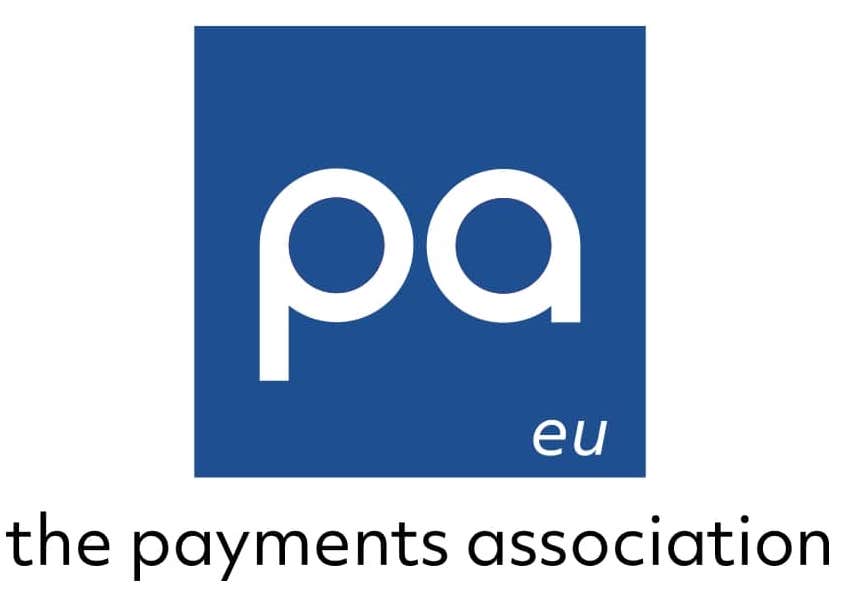How to Secure Your E-commerce Business Against Cybercrime and Cyber Threats?
E-commerce businesses can’t put enough of a premium on online cybersecurity and protection against threats. Not only can malicious actors steal data and commit fraud, but they can also completely undermine a customer’s confidence in your business.
To avoid costly fraud and cyber threats, we’ve found five primary areas of focus that e-commerce businesses need to keep in mind as they move forward in the online market:Use a Secure E-commerce Business PlatformThe most important aspect of online security for e-commerce businesses is the integrity of the platform they use as their commercial conduit online. Many popular platforms, such as WooCommerce, Shopify (or other e-commerce tools), combine state-of-the-art cybersecurity measures with an intuitive and easy-to-use setup.
That said, we recommend that you keep experts on staff or on call to provide necessary advice and insight into how to make sure you not only have the best e-commerce platform out there but also that you take full advantage of its protective capabilities.Secure Connection for Online CheckoutWhile this might seem like the most basic of measures, you need to make sure that the connection used to process transactions is secure. This is why it would behoove you to have a cybersecurity expert on staff or on call to help you monitor situations like this.
Occasionally something goes wrong and a setting gets turned off somewhere thus mistakenly lowering the security level of online processes. While this isn’t a malicious case use scenario, it could easily be misinterpreted as such if you don’t have an expert who can distinguish between negligence and an active threat to your company.Educate Your Staff About Social Engineering ScamsWhen it comes to cybersecurity, education is often one of the best preventative measures one can take to head off any problems down the road. A particularly irksome method for stealing credentials and access is the tried-and-true confidence game known as a social engineering scam.
Actors under this method use the pretense of legitimate business to access your networks and data. They may pose as a client or even another employee. Teaching and constantly educating your staff how to spot a social engineering scam as well as how to mitigate that even being a threat can go a long way towards quashing this as a cyber threat.Use Complex PasswordsAnother simple solution is to develop a standardized password format that incorporates multiple characters and sequences to make it both standard for in-company practices and inscrutable to outsiders.
For example, you could assign a password format beginning with the date the new password was created, a special character, the employee’s initials, and then another internal signifier number. Of course, you want the employee to be comfortable with their password, but you also want it to be nearly impossible for others to figure out.
Given that most people aren’t very good at coming up with their own passwords, providing a standard password format to follow for the initial and all subsequent passwords makes some sense. The rules could even be as simple as contains two special characters and an upper case and a lower case letter, among other things.Layered E-commerce CybersecurityThe strongest cybersecurity is layered. This means that an attacker has to go through multiple hurdles to access sensitive information. A real-world example of this could be a hacker that gains access to your network via social engineering yet is thwarted from getting into sensitive data due to the need for a biometric input such as a retinal or fingerprint scan.Educate your clienteleWhile it may appear not that necessary at first thought this is a very important and quite effective practice even applied by some major corporations that are constantly under the hackers cyber attacks
As in such situations, it becomes very difficult to battle back every ingenious way the hackers have found to break down cybersecurity walls, it is a smart decision to start communication and informative campaigns addressed towards your clients and partners, those who the attacks are targeted at.
You can make a guideline what user should look for, how they can take care and maintain a high level of personal “cyber-hygiene”, what are the most common ways hackers would use to break or hack certain data streams or profiles, etc. Such information can be streamed in various content formats such as articles, infographics, or videos and can be distributed via e-mail or social media campaigns.
If applied properly in combination with all the other above-stated techniques the latter will prove to have quite a positive impact on the overall effect of cybersecurity protection.
We at Monneo have always taken this topic with high priority while delivering digital banking services to our clients and will be glad to answer any additional questions you might have.
Do not hesitate to contact us or browse more useful business information in our Insights section.

